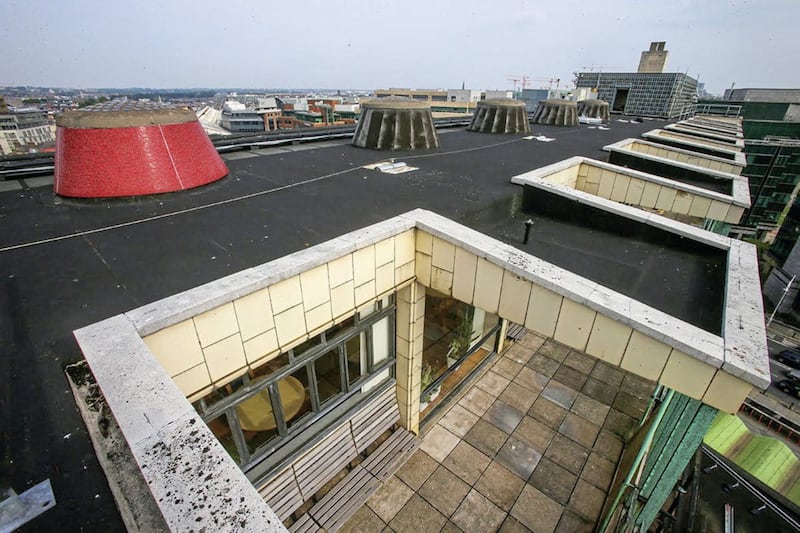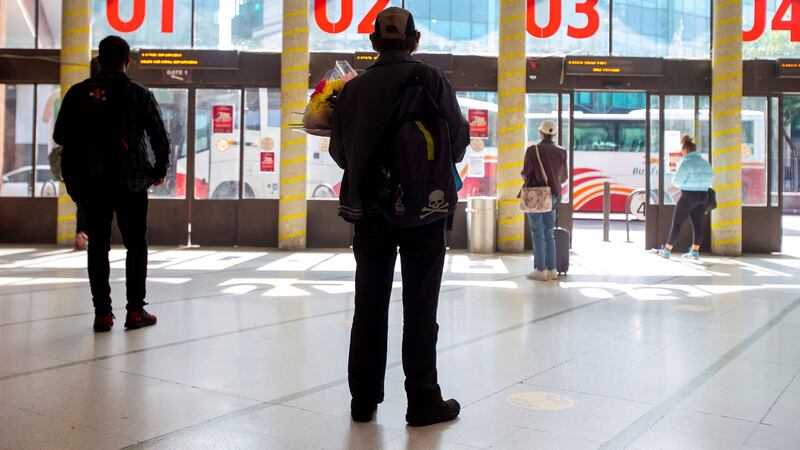WHO would be interested in a book about a bus station? Before you answer that, you'd do well to have a good flick through The Dignity of Everyday Life, a handsome new coffee table tome dedicated to the remarkable hidden history and overlooked architectural power of Dublin's Busáras.
Written by Eoin Ó Broin, TD for Dublin Mid-West and Sinn Féin's spokesperson on housing, and packed with striking new pictures shot by award-winning Irish News photographer Mal McCann, The Dignity of Everyday Life explores the troubled genesis and frustrated ambitions of Áras Mhic Dhiarmada – to give the building its full historically significant official title – a Michael Scott-designed modernist structure which was internationally hailed as "Europe's first post-war office building" when construction was finally completed in 1953.
As the book explains, Scott's initial vision involved much more than a mere means of getting the public from A to B. As originally envisaged, the new building would also provide the people of Dublin with a variety of exciting new amenities including shops, a nightclub, a roof-top restaurant boasting panoramic views of the city, a 24-hour newsreel cinema and even a crèche.
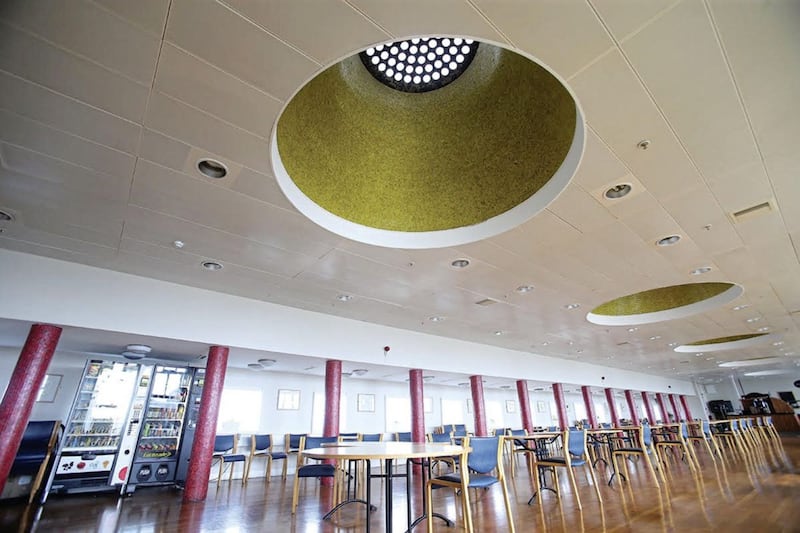
However, Scott's proposals quickly became mired in bureaucratic and political controversy to the extent that, in 1948, construction was halted barely 12 months after it had begun. Work on the building was put on hold for three whole years while the government and opposition argued over its merits and purpose.
In the end, Áras Mhic Dhiarmada became home to the Department of Social Protection and Bus Éireann's provincial services. However, the newsreel cinema was built as planned. Located in the building's basement level, it later evolved into the Eblana Theatre, which premiered works by the likes of John B Keane and Brian Friel and saw a host of rising Irish stars and international talent gracing its stage before the final curtain fell in 1995.
Although almost everyone who has ever set foot in Dublin city centre over the past 68 years has surely used, visited or passed by Busáras at some point, its initial architectural acclaim and civic-minded vision has long since faded from public conciousness. As Ó Broin notes in his introduction to The Dignity of Everyday Life, "Busáras is one of those buildings that everyone knows, yet rarely looks at".
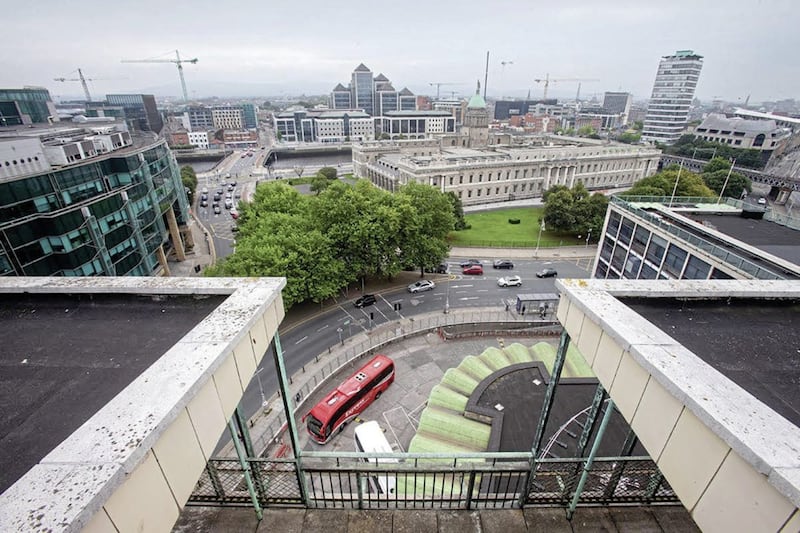
This was true for Mal McCann prior to starting work on photography for the new book, as he explains.
"I wasn't overly familiar with the building," admits Belfast-based McCann, who regularly documents his passion for his home city's architectural and social history via Instagram.
"When I would have gone to Dublin in the 1990s and landed at Busáras, it was simply a bus station, a conduit to your next destination. Back then, I wouldn't have given the aesthetic values of the building a second glance let alone knowing its complex history or the vision the architects and designers had for it."
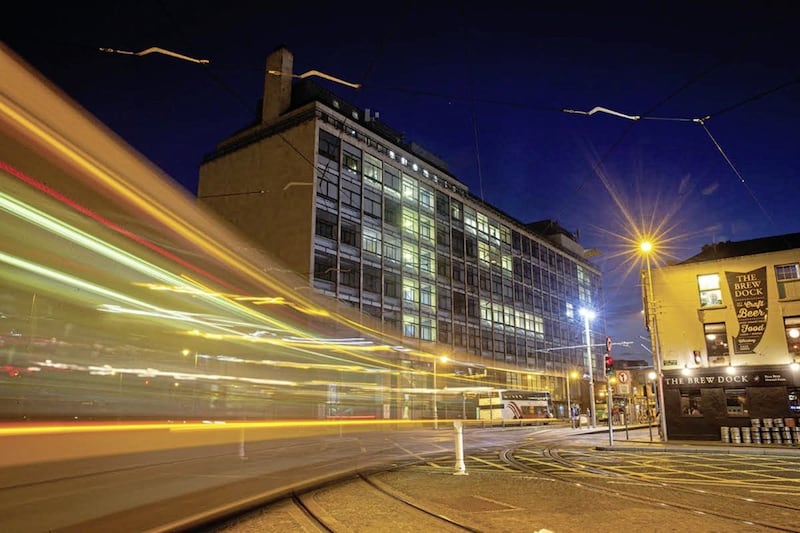
That soon changed once the snapper was given the freedom to explore and photograph every aspect of the building for the new book, as he explains.
"I didn't know what to expect," he says.
"Although I had done a bit of research, I was astonished to find out it was designed to be a multi-functional building, with a restaurant, nightclub and a cinema in the basement. I suppose it was a kind of 'one stop shop'.
"The Eblana Theatre was frozen in time, covered in dust with old theatre programs and unopened bottles of Cidona. The panoramic views across the city from rooftop were breathtaking."
McCann adds: "For me now Busáras is more than just a building. When I walk away from it in the future, I will definitely be looking back."
As you can see from the selection of photographs from the book opposite, the humble Busáras is certainly worthy of long-overdue re-appraisal.
The Dignity of Everyday Life is out now, published by Merrion Press. Buy online via irishacademicpress.ie.
